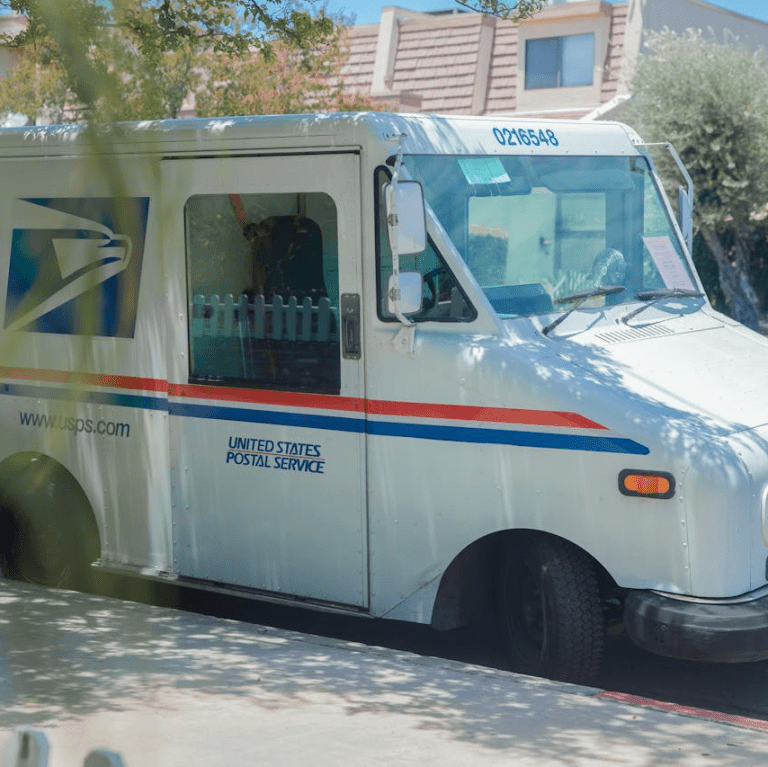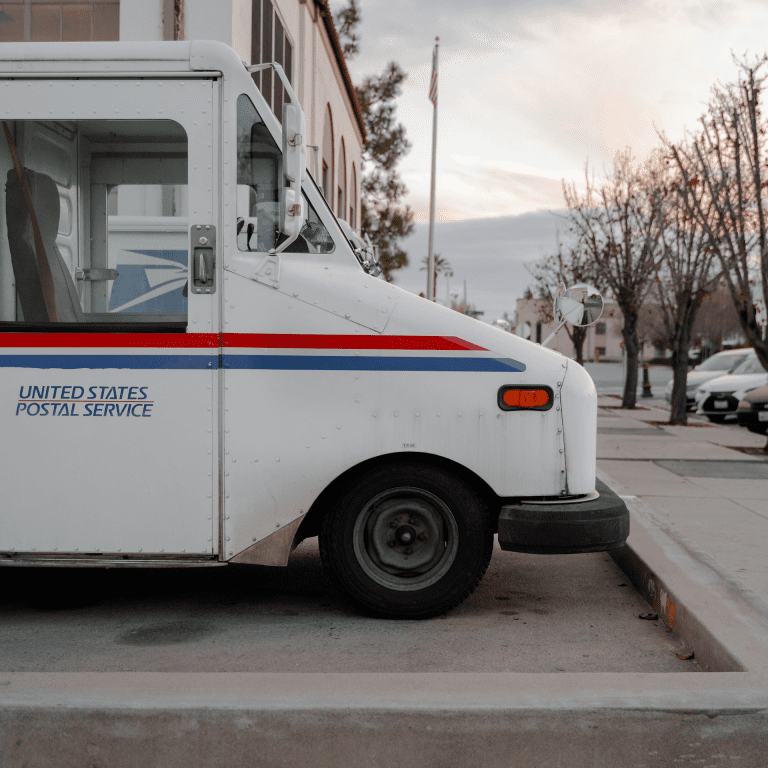Key Takeaways
-
If you miss the PSHB Open Season, there may still be one exception that lets you enroll—if you qualify and act quickly.
-
This exception is time-sensitive and applies only under specific qualifying life events (QLEs), so you must know the details to preserve your health coverage.
Understanding the Risk of Missing Open Season
The Postal Service Health Benefits (PSHB) program became active on January 1, 2025, and with it came a shift in how USPS employees, annuitants, and eligible family members access health coverage. For most, the primary chance to enroll was during the Open Season held from November to December 2024. Missing that window—intentionally or not—could have meant losing access to health benefits.
But not all hope is lost. There is one exception that may allow you to enroll outside of Open Season, and it hinges on whether you qualify for what’s known as a Qualifying Life Event (QLE).
What Is a Qualifying Life Event (QLE)?
A QLE is a significant change in your life circumstances that may permit a change to your health plan enrollment. This exception is recognized by the Office of Personnel Management (OPM) and the PSHB program.
Common QLEs include:
-
Retirement from USPS
-
Gaining or losing other health insurance
-
Marriage or divorce
-
Birth or adoption of a child
-
Death of a spouse or dependent
-
Relocation outside of your current plan’s service area
If any of these events apply to you, you may qualify to make changes to your PSHB enrollment—including initiating coverage if you missed Open Season.
Timing Is Critical: The 60-Day Enrollment Window
The key detail many overlook is the 60-day time limit to act after a QLE occurs. You don’t have an open-ended invitation to enroll. If you miss this 60-day period, the opportunity disappears, and you’ll likely need to wait until the next Open Season.
For example:
-
If you retired on March 15, 2025, your 60-day PSHB enrollment period would expire on May 14, 2025.
-
If you lost other coverage on April 10, 2025, you would have until June 9, 2025, to enroll in PSHB.
This timeline applies to most QLEs, and it’s your responsibility to initiate the enrollment action within that window.
Where and How to Enroll During a QLE
Depending on your status, the platform you use to enroll will differ:
-
USPS Employees should use the LiteBlue portal.
-
USPS Annuitants must go through KeepingPosted.org or contact the Retirement Information Center.
During the QLE enrollment, you’ll be asked to provide:
-
Documentation verifying the life event (such as a retirement statement, marriage certificate, or notice of insurance loss)
-
Plan selection for Self Only, Self Plus One, or Self and Family
-
Timely submission of the request within the 60-day window
Why This Matters More in 2025 Than Ever Before
Because PSHB replaced FEHB for Postal Service members, the stakes are higher in 2025. Unlike previous years under FEHB, failing to act now could result in complete loss of health coverage.
You also cannot rely on the old assumption that re-enrollment will be allowed just because you missed a deadline or were unaware of the new system. OPM has made it clear that responsibility lies with the enrollee.
Additionally, if you or any family members are Medicare-eligible, failure to act promptly could not only disrupt health benefits but also prescription drug coverage that is now integrated with Medicare Part D through PSHB.
What Happens If You Don’t Qualify for a QLE?
If you don’t have a qualifying event, unfortunately, there is no enrollment opportunity until the next Open Season. That typically runs from early November to early December each year.
During that period, you can:
-
Enroll in a PSHB plan if previously unenrolled
-
Change from one plan to another
-
Switch between coverage levels (Self Only, Self Plus One, Self and Family)
-
Cancel coverage entirely (though this is rarely advisable)
But outside of Open Season, the only path to PSHB coverage is through a QLE.
Don’t Confuse Automatic Enrollment With Guaranteed Enrollment
Many enrollees have assumed that because they had FEHB coverage, they would be automatically enrolled in PSHB. While automatic enrollment did occur for most current FEHB plan holders transitioning to a corresponding PSHB plan, it did not apply to everyone.
Groups who were not automatically enrolled include:
-
Those who had previously suspended FEHB to use TRICARE or other group coverage
-
Individuals enrolled in a family member’s non-Postal FEHB plan
-
New retirees who didn’t enroll during the PSHB Open Season
-
Postal annuitants not enrolled in Medicare Part B (and not exempted)
If you fall into any of these categories, you must actively enroll during Open Season or a QLE window.
The Medicare Part B Factor
Medicare-eligible Postal retirees and family members are required to enroll in Medicare Part B to keep their PSHB coverage—unless they are exempt. This means if you delayed enrolling in Part B and then experienced a QLE, your eligibility for PSHB coverage may still be contingent on Part B enrollment.
There are limited exceptions to this requirement:
-
Retired on or before January 1, 2025
-
Working as a USPS employee and age 64 or older on January 1, 2025
-
Living overseas
-
Covered under Indian Health Services or the Department of Veterans Affairs
Still, you’ll need to confirm your exemption status to avoid losing PSHB eligibility.
Avoiding Gaps in Coverage
One of the greatest risks of missing a QLE window is being left without any health coverage for months. Even if Open Season feels like it’s “just around the corner,” the cost of medical care in the interim could be financially devastating.
Some PSHB plans may also deny retroactive coverage even if your QLE is valid but filed late. Always aim to file your request and supporting documents as early in the 60-day period as possible.
How to Track and Prepare for Potential QLEs
To ensure you’re ready, keep these best practices in mind:
-
Maintain updated documentation for major life events
-
Monitor your eligibility status monthly, especially around life changes
-
Sign up for USPS and OPM email updates regarding benefits changes
-
Speak with a licensed agent to explore plan options before you need to make a sudden decision
PSHB Enrollment Support Is Available—But Not Unlimited
OPM provides general information, but individual plan advice is not part of their role. That’s where licensed agents come in—they can explain your eligibility under a QLE and help you make the right choice based on your situation.
If you’re nearing retirement, experiencing a family change, or facing any uncertainty about your coverage, now is the time to ask questions and secure your benefits.
Timely Action Could Make All the Difference
Missing the Open Season doesn’t necessarily mean missing out on PSHB—but only if you qualify for and act during a QLE. That 60-day window is your safety net, and it’s not extended or waived without strong justification.
Get the paperwork ready, know your deadlines, and seek guidance when needed. Don’t wait until the next Open Season if you have an opportunity now.
If you’re unsure whether your situation qualifies as a QLE, get in touch with a licensed agent listed on this website today.











